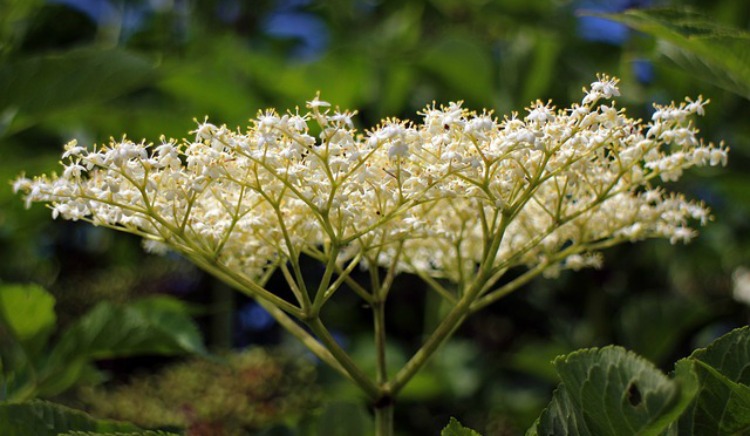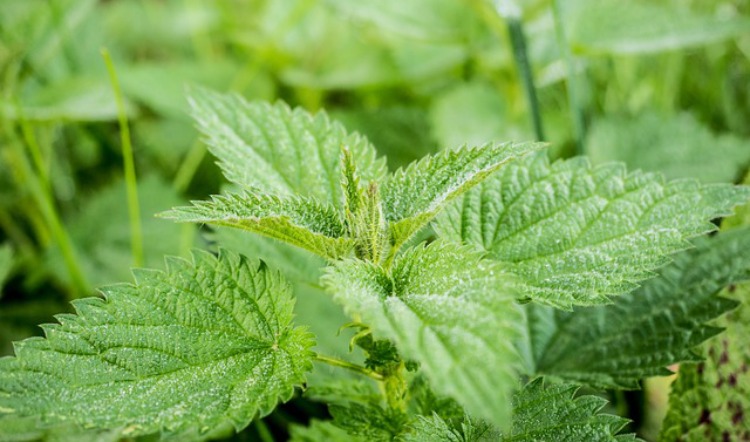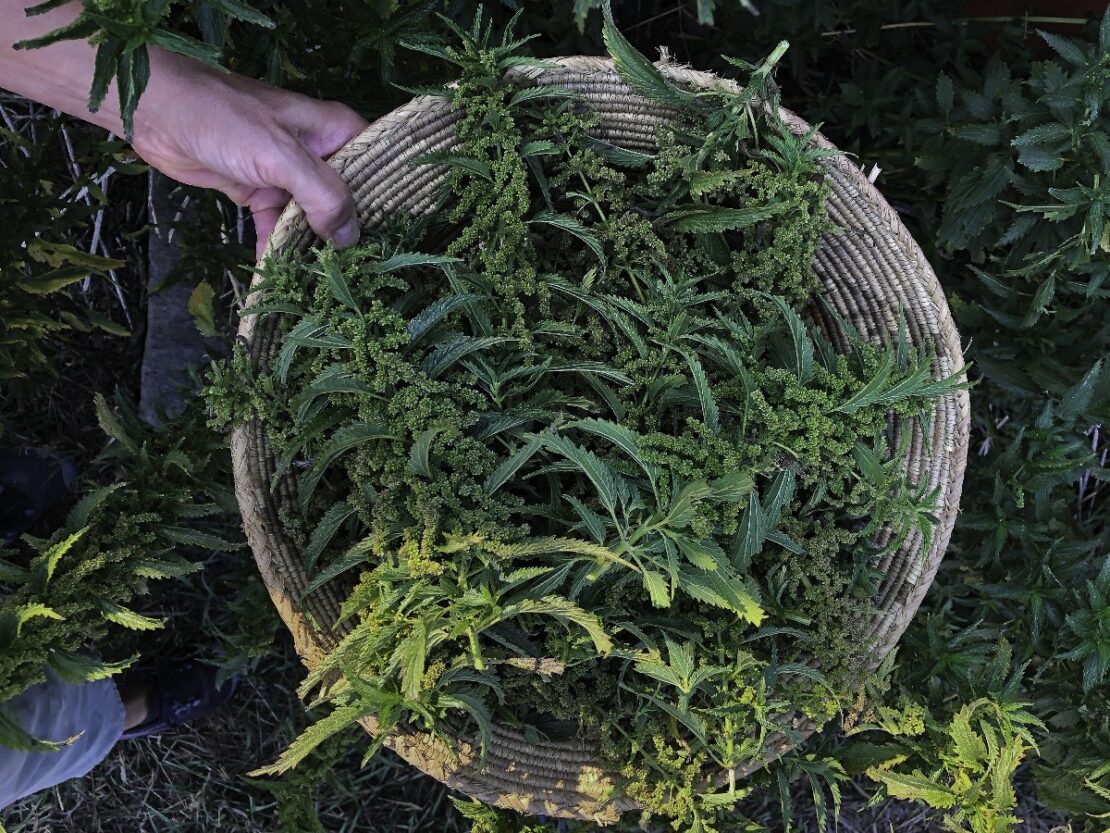
Herbal Allies for Families During Allergy Season
Springtime brings the waking of green things from the Earth. The air is fresh and wild, and we feel called to the out-of-doors, to nature. Yet for some of us warmer weather is also the harbinger of, well, misery. If you suffer from seasonal allergies or someone in your family does, you know that the delights of the outdoors can be dubious because a little fun outside time may be followed by hours or days of sneezing, runny nose, and watery eyes. Fortunately, there are a variety of home allergy allies that can help to support the body and lessen the symptoms of seasonal allergies. Dietary support and changes along with herbal allies can go along way towards helping your family feel better so you can get outside together and play!
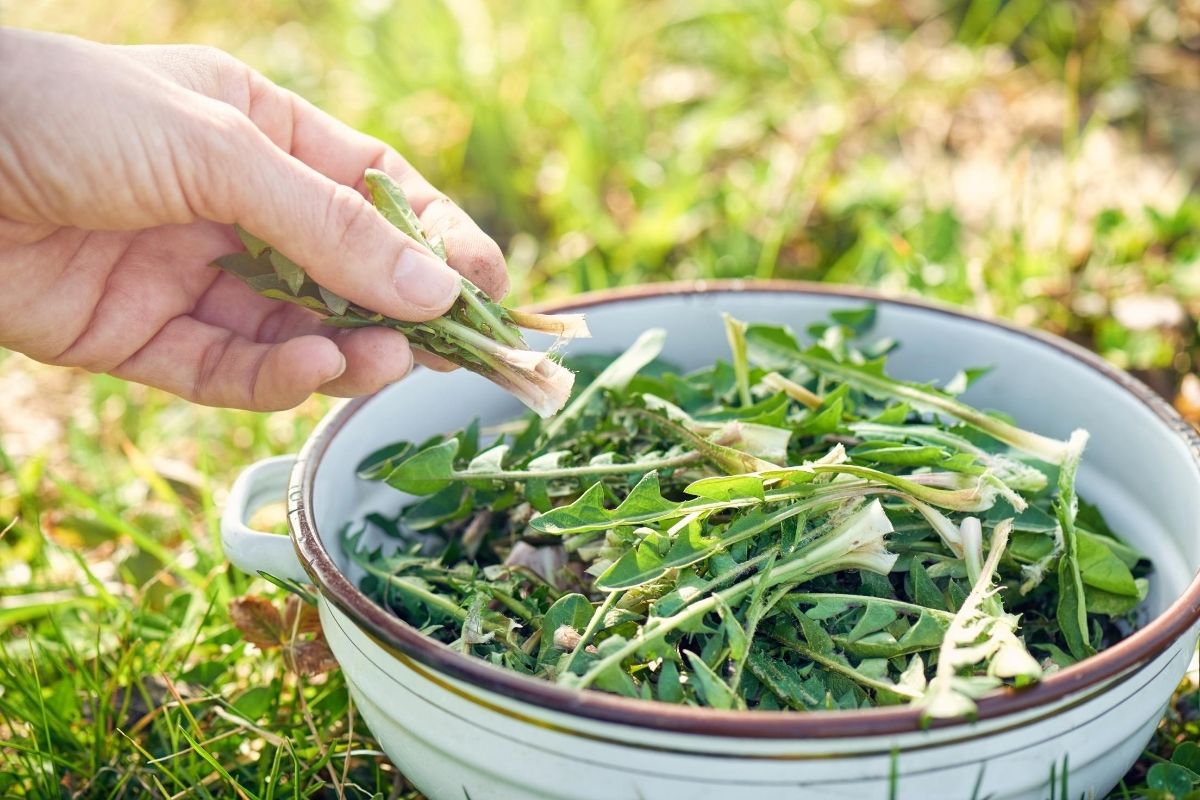
Nutritional Support & Modifications
It is always a good idea to look at diet and lifestyle when dealing with issues such as allergies. Simple changes can be helpful for strengthening the body and providing lasting relief.
Ideas For Nourishing Support
- Increase the amount of antioxidant-rich foods in your family’s diet. This will also lower overall systemic inflammation. I find the best way to do this is to try to eat a rainbow every day! All of those colorful plant pigments in fruits and veggies are antioxidants that support vital health.
- Support the liver and healthy digestion. To gently stimulate the liver, include bitter and sour flavors in your diet. Enjoy bitter greens in salads and warm lemon water first thing in the morning. Consider taking a probiotic supplement to support healthy digestion.
- Add quercetin-rich foods and herbs to your family’s diet. A plant pigment, quercetin has been found to be dependable for helping to reduce allergies by benefiting mast cells and lowering stress (Richards, 2013). Quercetin can be found in foods and herbs such as apples, onions, green tea, rose, nettle, grapes, tomatoes, leafy greens, and berries.
- Consuming local honey is often recommended to those who suffer from allergies. Taken in small amounts over time the pollen in honey is believed to help the body adapt to pollen slowly. Blend honey with herbs such as turmeric, sage, and rose to further enhance the beneficial effect.
- Decrease systemic inflammation by including healthy fats rich in omega-3 oils, such as those found in flax, chia, and hemp seeds as well as various nuts. Sprinkle ground seeds on foods such as rice and salads. Use flax oil to make salad dressings and as a topping for other foods such as popcorn. Some people also include fish oil in their diet as well.
Modifications To Consider
- Increase the consumption of simply prepared, healthful organic foods. Try and prepare foods so as to be as close to their natural state as possible. Do your best to reduce or eliminate processed foods. This will help decrease the amount of chemicals and trans fats in your diet.
- Decrease the amount of dairy in your family’s diet. Dairy tends to contribute to mucus formation in the body. If you do want to consume dairy, try probiotic-rich yogurt.
- Decrease the amount of sugar, especially simple sugars, in your family’s diet. Sugar depresses immune function. Keep in mind that juice is a form of simple sugar because it lacks the fiber from fruits and vegetables that would otherwise slow down the absorption of sugars in the juice into the bloodstream.
- Strive to reduce or eliminate food allergens such as gluten, dairy, eggs, corn, and soy. Even if you don’t have overt reactions to these common food allergens, if they are causing even subtle problems for you, your body may be reacting by creating low-level inflammation that can exacerbate seasonal allergies.
Please note that many of these dietary guidelines come from Aviva Romm (2013).
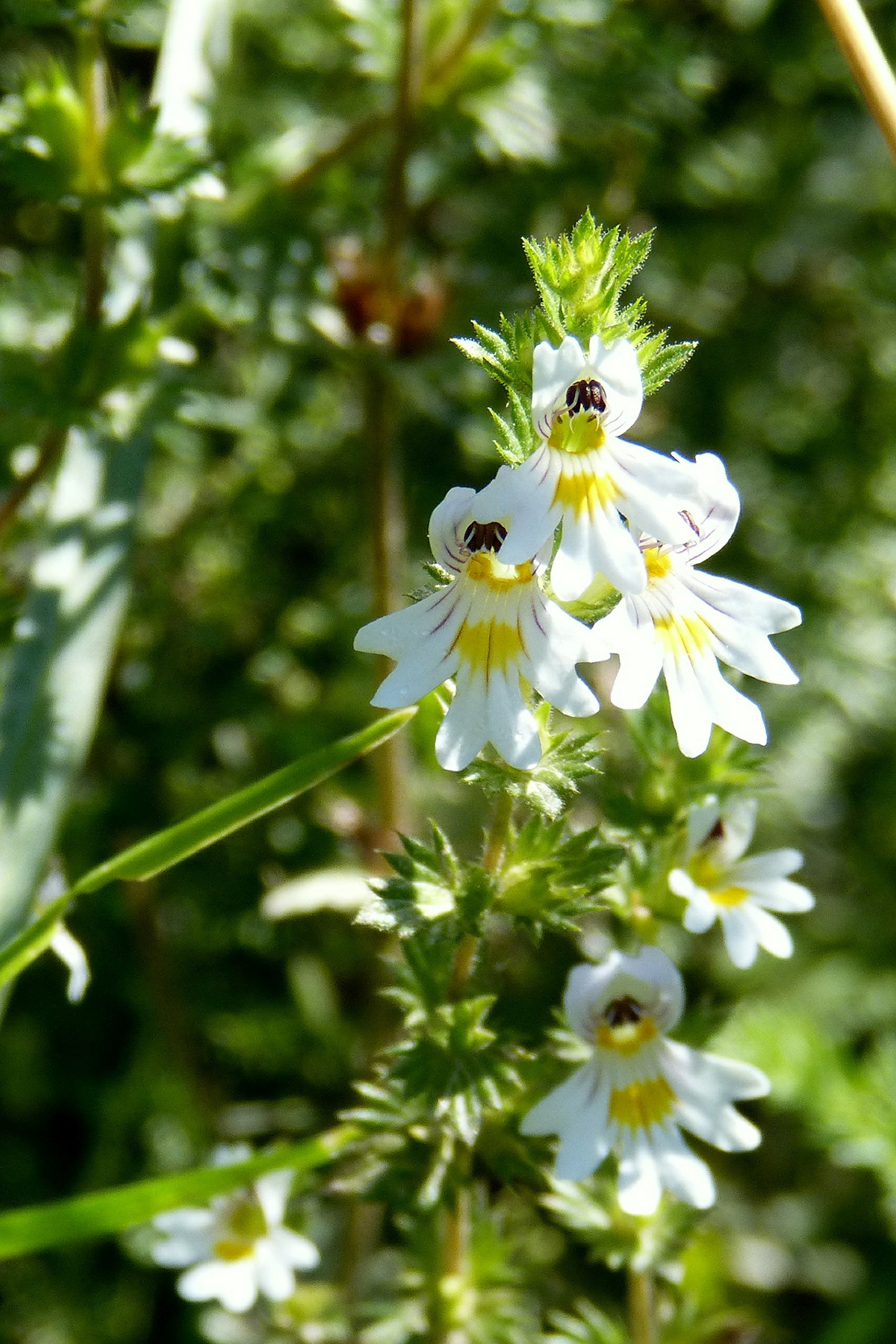
Herbal Helpers for Families During Allergy Season
The following plants can be of great help as allergy home allies. These herbs are generally considered to be safe for everyone in the family, yet please be mindful that not every herb is good for everyone! Add herbal allies to your family’s food and use them to make tea. For people who tend to be dry, add a pinch of demulcents such as licorice or marshmallow to ease the drying effect of astringent plants.
Eyebright (Euphrasia officinalis)
Useful Actions: anti-catarrhal, anti-inflammatory, anti-histamine
Eyebright is well known as an herb for allergies. It is considered to be an antihistamine for the mucous membranes (Smith, 1999). Combined with its anti-inflammatory and anti-catarrhal actions, eyebright can be very helpful for relieving the symptoms of hay fever. Best taken as a fresh plant tincture.
Elderflower (Sambucus nigra, S. canadensis, S. carulea)
Useful Actions: anti-inflammatory, astringent, anti-catarrhal, decongestant, relaxing nervine
Elder is an immensely helpful plant perhaps best known for providing support during the flu, yet it finds wide use as an herbal remedy. The astringent flowers help to tone tissues, drying up excess mucus while moving congestion out of tissues. Elderflower will also act as a nervine, helping to ease the tension, anxiety, and depression that can sometimes accompany hay fever. Take as a tea or tincture.

Rose Petals & Hips (Rosa species)
Useful Actions: cooling, astringent, anti-inflammatory, decongestant, nervine
Rose can help to cool down the heat of allergies while also tightening loose, boggy tissues and decreasing inflammation. All of this can help relieve the discomfort of a runny nose with lots of heat. Rose has an affinity for the lungs as well and can soothe coughs and relieve congestion. Rose hips are high in helpful vitamin C and quercetin. As a nervine, rose can be useful if the allergy sufferer is anxious or depressed. Enjoy rose petals and hips in teas, syrups, and foods.
Rose Hip Jam
Rose hips, dried
Apple juice
Honey, optional
- Place rose hips in a bowl and drizzle with a bit of honey if you wish.
- Pour apple juice over the rose hips until they are just covered.
- Wait for 2 hours to overnight for the rose hips to soften into a tasty jam.
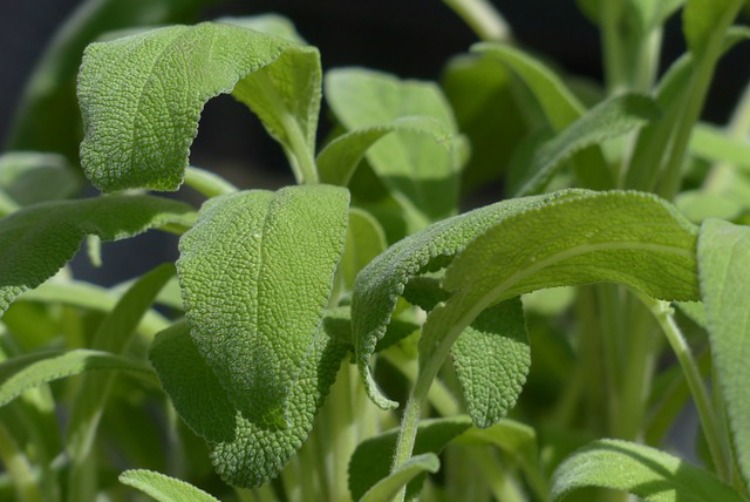
Garden Sage (Salvia officinalis, Salvia spp)
Useful Actions: astringent, anti-catarrhal, carminative, grounding nervine
Sage is a drying herb that is helpful for drying up respiratory mucus and soothing mucous membranes. As a gargle, sage can help to ease throat discomfort caused by post nasal drip. Sage is a grounding nervine that can help to soothe anxiousness during an allergy attack. Enjoy a soothing cup of sage tea or add the leaves to food. Do not use sage during pregnancy or lactation.
Enjoy delicious sage by Making Sage Honey.
Stinging Nettle (Urtica dioica)
Useful Actions: astringent, nutritive, anti-histamine
Nettles are highly regarded as a wonderful herb for allergies. Formic acid in the stinging hair of the nettle acts as an anti-histamine which helps stop the body’s allergic response. Drying and cooking destroys the formic acid, so freeze-dried or juiced nettles are the best form for getting formic acid into your body. Nettles are so highly nutritive and astringent that consuming them as a tea or a cooked food will also help to strengthen the body and ease allergies. Also, nettle contains beneficial quercetin! Nettles are most reliably used when started before the onset of allergy season and then continued throughout the duration of the season.
Enjoy learning more about this favorite spring plant here and also harvesting and cooking nettles here.
Nettle Juice
Fresh young nettles, enough to fill a blender
½ an apple
Water
- Fill a blender with fresh stinging nettles (wear gloves to harvest!)
- Add the apple roughly chopped.
- Add water 2 to 4 cups of water to your blender. You want enough water to help the nettle and apple blend up into a nice loose juice.
- Blend everything together and strain through the jelly bag. Be sure to squeeze all the liquid out!
Recipe from Brigitte Mars
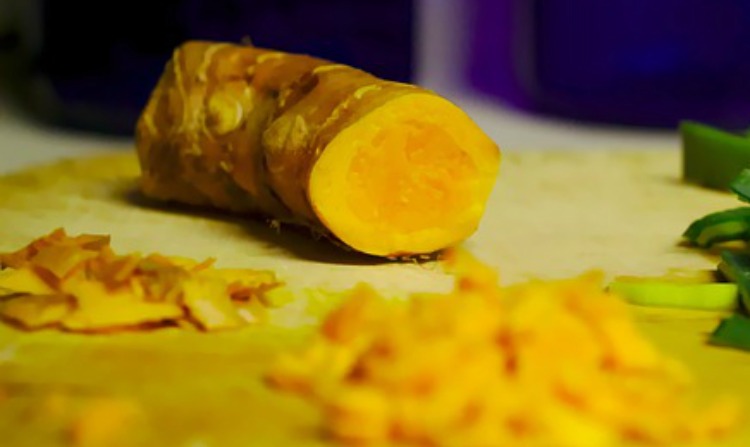
Turmeric (Curcuma longa)
Useful Actions: anti-inflammatory, antioxidant, anti-histamine, anti-allergenic
Turmeric is a wonderful anti-inflammatory and antioxidant for the entire body. The curcumin in turmeric has been found to impede the release of histamine from mast cells (Kurup, 2008). Add turmeric to food and use to make turmeric milk and turmeric honey. Not to be used by those with gallbladder, liver disease, or ulcers or during pregnancy.
Learn more about the benefits of turmeric here.
Turmeric Honey
1 tablespoon ground turmeric
Pinch ground black pepper (helps to activate the turmeric)
½ cup honey
- Blend everything together and store in an airtight jar.
- Take a spoonful each day.

Tips & Tricks For Families During Allergy Season
Here are some fun ways to use herbs with your family as well as some simple tips for allergy season.
Fun Ways To Incorporate Herbs
- Let’s face it. Sometimes it is tough to get kids to take their herbs! Look for ways to make taking herbs fun and tasty for kids. If any of these plants grow in your yard or the area where you live, take the kids out to meet them! Harvest the plants to make preparations and foods together. Children who are involved in cooking and crafting are often more likely to happily consume the foods and preparations offered.
- Kids often enjoy tea served in their own little tea pot! If you have a small tea pot your child can use, you might find that they really like pouring their own tea from their own pot. If appropriate, encourage your child to help choose the herbs for their tea.
- For sure-fire ways to enjoy allergy ally herbs as a family, use teas to make popsicles, slushies, and in place of water in homemade lemonade. Try making some of the recipes above. You can blend up fruit with nettle juice to make popsicles and make rosehip PB & J!
More Simple Tips And Ideas
- Practice breathing exercises together to promote lung strength. This can be a great way to spend time together as a family. Endeavor to reduce stress with practices such as yoga, journaling, mandala coloring, and massage. You can also do these things as a family!
- Remove irritating pollen from your immediate area. Change clothes and put them in the wash when coming inside after being out on a high pollen day. Bathe before bed to wash pollen from hair, eyebrows, and lashes.
To get the most relief from seasonal allergies, try to incorporate as many of the ideas presented here into your family’s daily life. Then get outside and enjoy this beautiful world together!
More resources:
Learn about another wonderful herbal ally for allergies with Health Benefits Of Goldenrod.
4 Natural Allies For Allergies will give you some more insight into home care for hay fever.
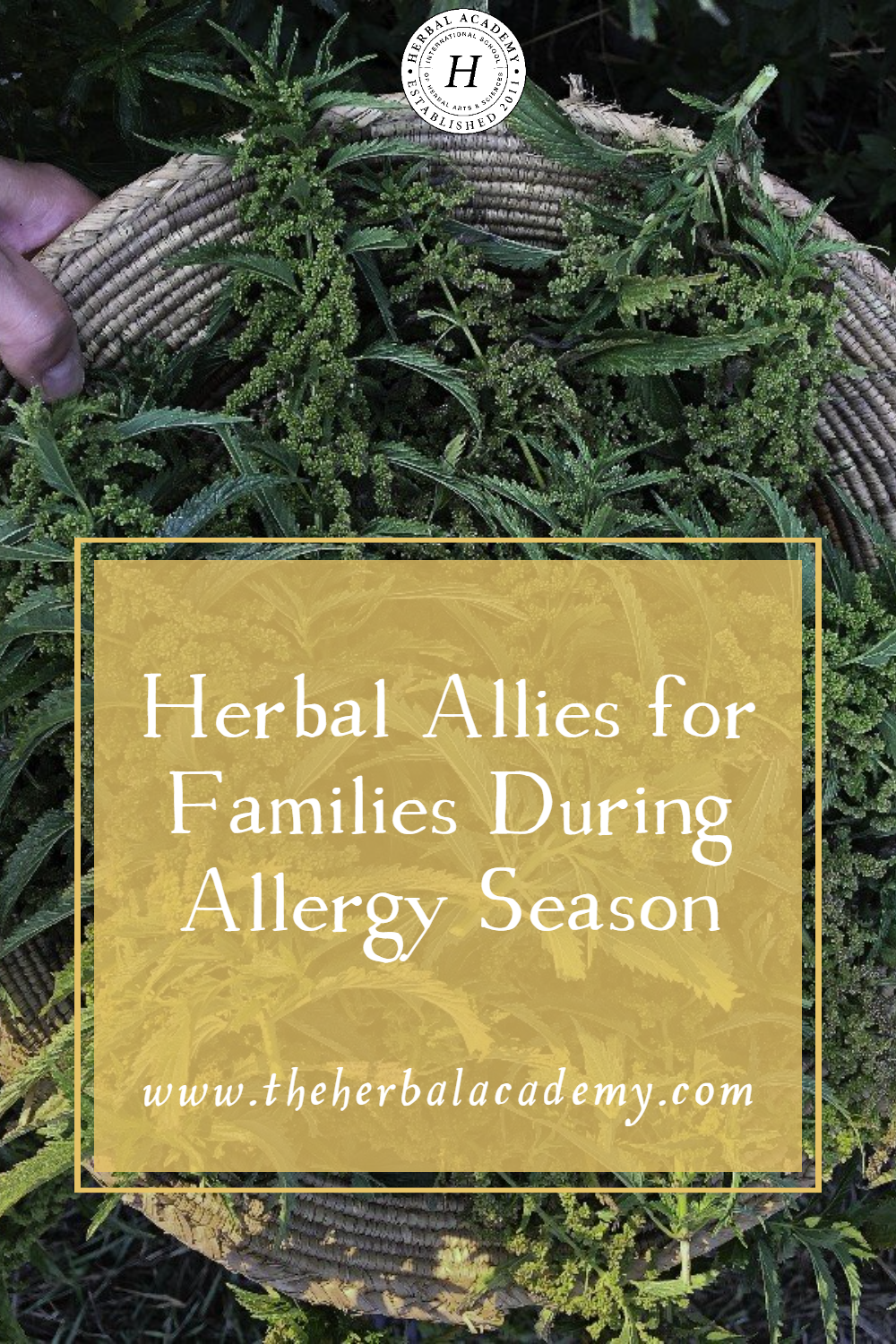
REFERENCES
Kurup VP. andBarrios CS. (2008). Immunomodulatory effects of curcumin in allergy. Retrieved from http://www.ncbi.nlm.nih.gov/pubmed/18398870.
Mars, Brigitte. (2010). Wild Weed Juice. Retrieved from http://www.care2.com/greenliving/wild-weed-nettle-juice-with-brigitte-mars.html#ixzz3an6c6yiD
Moore, Michael. (1993). Medicinal Plants Of The Pacific West. Sante Fe: Red Crane Books.
Pulla, Melanie. (2013). How Five Top Herbalists Treat Allergies. Retrieved from http://www.herbgeek.com/how-five-top-herbalists-treat-allergies-hayfever/
Richards, Bryon J. (2013). Quercetin for Nerves, Allergies, Immunity, and Metabolism. Retrieved from http://www.wellnessresources.com/health/articles/quercetins_rising_star_nerves_immunity_and_metabolism/
Romm, Aviva. (2013). 3 Steps To Make Your Allergies Go Away Forever. Retrieved from http://avivaromm.com/3-steps-to-make-your-allergies-go-away-forever
Smith, Ed. (1999). Therapeutic Herb Manual. Oregon: Ed Smith.
White, Linda B. and Mavor, Sunny. (1998). Kids, Herbs & Health. Colorado: Interweave Press.

